LAB REPORT
Science and Technology Making Headlines
July 1, 2016

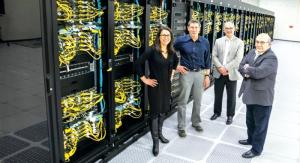
Lawrence Livermore National Laboratory's high performance computing capabilities play a major role in the Cancer Moonshot initiative. Image courtesy of Washington University School of Medicine in St. Louis.
To the moon
The White House sponsored a national cancer "moonshot" pep rally Wednesday, organizing more than 270 events aimed at boosting support for the effort to speed up cancer research.
Government agencies including Lawrence Livermore National Laboratory, academic researchers, cancer advocacy groups and companies all pledged cash and cooperation..
"I believe we can do in the next five years what would ordinarily take 10," said Vice President Joe Biden, who headlined the event. "Time matters. Days matter. Minutes matter."
The National Cancer Institute and Department of Energy will coordinate supercomputers at the Lawrence Livermore, Argonne, Los Alamos, and Oak Ridge national laboratories, and with IBM, to process data on cancer surveillance, lab experiments, genetic mutations and other information to help in understanding how and when cancer develops and how well treatments might work.

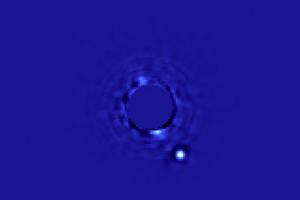
Lasers have been touted as a possible defense strategy against an asteroid collision with Earth. Image courtesy of Getty.
Beware of space rocks
The planet has been under constant threat from asteroids since the beginning, with the most famous collision undoubtedly coming 66 million years ago with the loss of dinosaurs.
Although it is near-impossible for scientists to say when another asteroid will hit our planet, most will agree that another impact is inevitable. But how does the Earth defend itself from these collisions?
Scientists at Lawrence Livermore are testing how to destroy asteroids with lasers launched from the ground. Initial testing will shoot lasers at meteorites that have landed on the ground to see how resistant they are and if their bigger space relatives can be diverted off of a collision course with Earth or completely destroyed.
By using lasers, they hope that they can deflect them or destroy them. LLNL’s Megan Bruck Syal said: "There's very little known about asteroid strength. We're doing everything we can to know more about how asteroid materials respond under extreme conditions.”

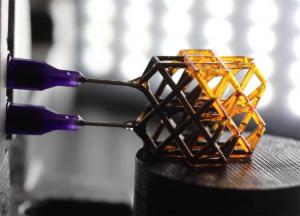
A snapshot from a finite element simulation where the color scale indicates the material velocity and deformation of the lattice as the compression wave travels from left to right.
The pressure is on
A Lawrence Livermore team has found that 3-D printed micron lattices have unique properties not seen in other materials after conducting a series of dynamic compression experiments.
As the quality of 3-D printers improves, the possibility of 3-D printing on an extremely small scale becomes more and more realistic. While little is known of how 3-D printers function at a micron scale, a series of experiments on 3-D printed lattices by an LLNL team revealed that 3-D printing brings a lot to the table.
In fact, the 3-D printed micron lattices were found to exhibit unique mechanical properties that are not found in "disordered" cellular materials that exist naturally.

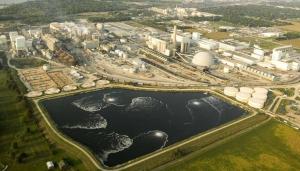
Carbon capture, utilization and storage is one option to contain greenhouse gas emissions.
Get by with a little help from policy makers
When it comes to carbon capture, innovative technology exists, but the financial and policy support needed to accelerate its deployment is lacking.
At a recent Carbon Capture, Utilization & Storage (CCUS) Conference attended by leaders of industry, federal and state agencies and environmental organizations, one theme that emerged is the importance of policy parity with other low- and zero-carbon energy technologies like wind and solar to advance widespread deployment of CCUS technology.
Since a project can take five to 10 years from conception to operation, financial and policy support is critical now, according to the International Energy Agency Tracking Clean Energy Progress report. The report concludes: “As with other low-carbon technologies, the market for CCS projects in most regions will be created by policy and regulation.”
That conclusion was echoed at the conference by Julio Friedmann, the senior adviser for energy innovation at the Lawrence Livermore National Laboratory. He said the financing challenge for CCUS projects “is fundamentally a policy issue; this is not a technology issue.”
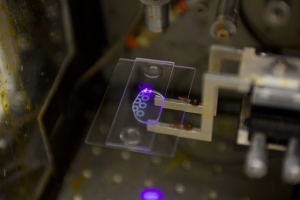
A new 3-D printed polymer in the large area projection microstereolithography system.
It’s a gas
Lawrence Livermore scientists have combined biology and 3-D printing to create the first reactor that can continuously produce methanol from methane at room temperature and pressure.
The team removed enzymes from methanotrophs, bacteria that eat methane, and mixed them with polymers that they printed or molded into innovative reactors.
The invention could lead to more efficient conversion to methane for energy production. Methane production may become a very practical biofuel product, especially if it can economically be reformed and condensed into a liquid fuel, such as methanol.





